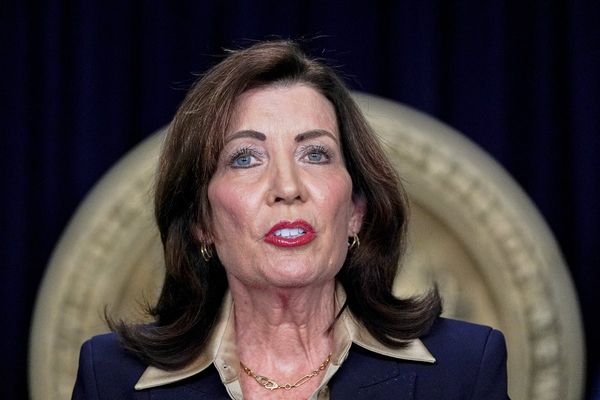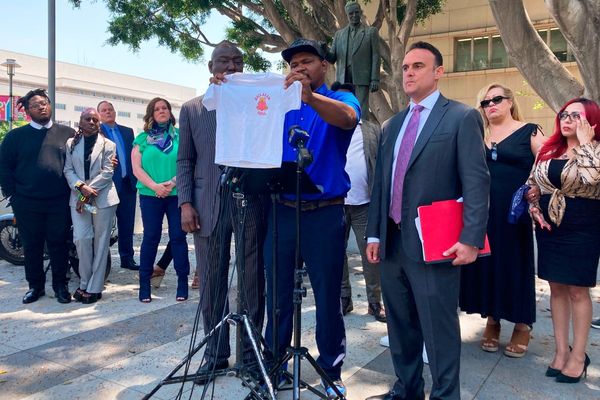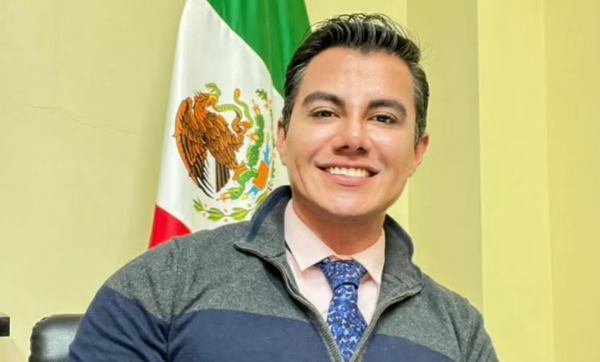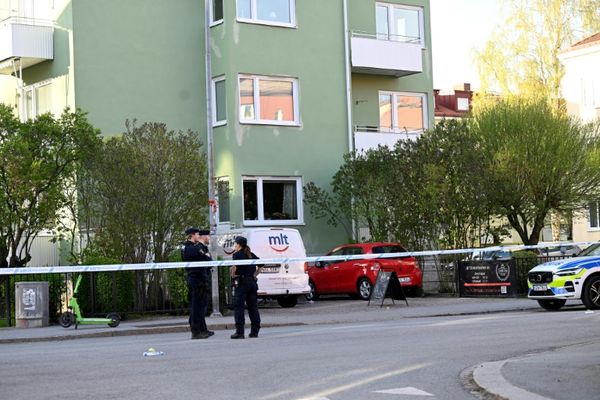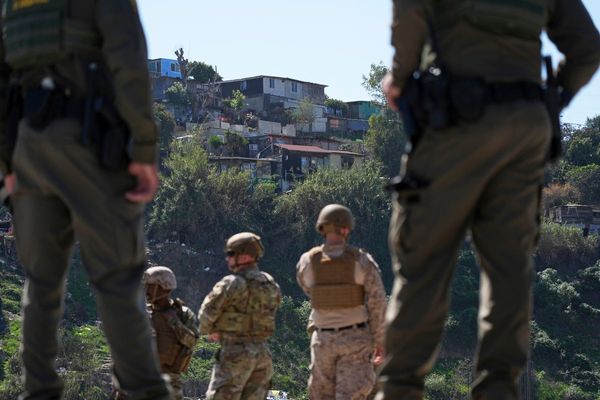Emergency patients in south-east Queensland have been left waiting hours for an ambulance, with resources so stretched there are sometimes no available paramedics to send to them, documents show.
Queensland Ambulance Service (QAS) briefing documents covering 11 days in April and May this year reveal an organisation "overwhelmed" and "struggling" with "an extreme workload".
In the early hours of April 24, QAS headquarters was advised of "multiple pending Code 1 cases in excess of 1 to 2 hours" in and around Brisbane.
Code 1 patients refer to those requiring urgent care for potentially life-threatening situations. Ambulances are sent to them under lights and sirens.
"Nil available resources to respond," the brief said. "Nil divertable [sic] resources. Multiple units ramped and hospital for several hours."
The previous evening, a shift report flagged pending staffing issues, citing "insufficient resources … to manage workload".
A snapshot of the pressures faced by the QAS is contained in more than 600 pages obtained by the Queensland Opposition under Right to Information laws covering three of the state's busiest regions – Brisbane, Southport and Maroochydore – between April 23 and May 3.
'The toughest conditions'
Opposition Leader David Crisafulli said the documents were "shocking" and Premier Annastacia Palaszczuk needed to "act immediately".
"We've put solutions on the table including more beds, better triage, releasing real-time data and giving power back to the frontline staff to make better decisions to improve patient care," he said.
Opposition health spokeswoman Ros Bates said Queensland paramedics were doing "an incredible job in the toughest conditions".
"As a nurse and former hospital administrator, I know how stressful it can be for our dedicated frontline staff who are overworked and under-resourced."
A QAS spokesman said paramedic rosters had changed since the period covered by the documents to ensure increased staffing during times of higher call-outs.
He said a "twilight shift" had been introduced to cover the 12 hours to 4:00am in an attempt to stack resourcing during peak patient demand.
The spokesman said the documents failed to distinguish between the most time-sensitive Code 1A patients from the less critical Code 1B and Code 1C call-outs.
He said the system was designed to prioritise Code 1A patients — such as heart attack victims and those who had lost consciousness, stopped breathing or were entrapped after a car accident.
"That's the way ambulance services do business all around the world," he said.
"We prioritise all of our requests for service according to the clinical acuity of the patient's known condition.
"Rest assured that we always prioritise the most critically unwell."
He said that during times of ambulance delays, paramedics and doctors would stay in touch with Code 1B and 1C patients and upgrade them to a faster response, if needed.
The QAS spokesman acknowledged the service's workload "is far greater than what we were doing five years ago".
But he said: "We've got more ambulances … today than we have ever had. We've got more resources in the system than we've ever had available."
United Workers' Union national ambulance coordinator Fiona Scalon said members continued to face "significant pressure each day, as they do the best job they can whilst working within the constraints of a strained health system".
"The union is working with the Health Department and the Queensland Ambulance Service to address the peaks."
